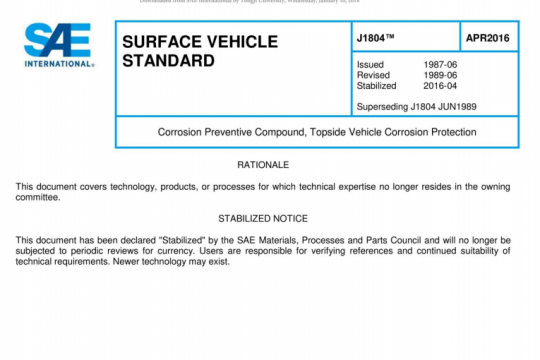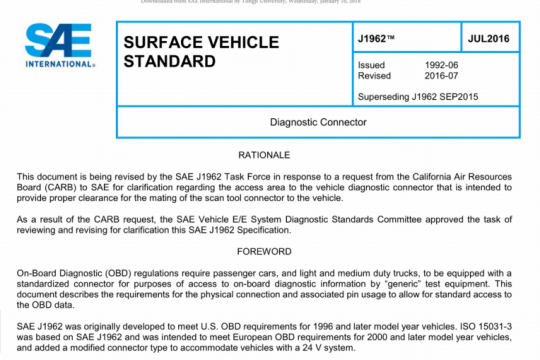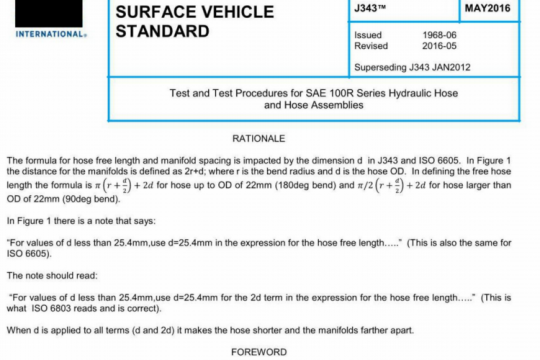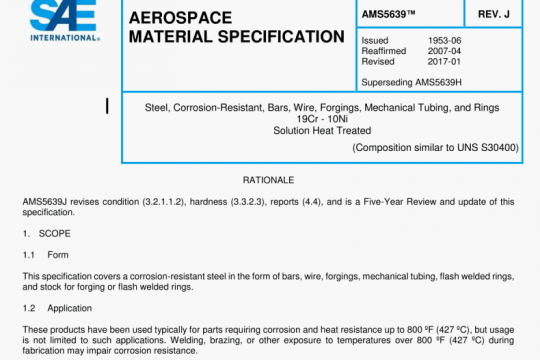SAE J285:2019 pdf free
SAE J285:2019 pdf free.Dispenser Nozzle Spouts for Liquid Fuels Intended for Use with Spark lgnition and Compression lgnition Engines
The amount of vapor collected divided by the amount of liquid gasoline dispensed. It pertains to Phase II nozzles, which are typically set to a range of 0.95 to 1.15 for conventional (non-ORVR equipped) vehicles. Phase II EVR nozzles (both assist and balance) incorporate systems to lower the V/L ratio range to 0.3 to 0.5 when refueling vehicles equipped with an ORVR system.
A Phase II EVR nozzle certified by CARB per CP-201 and CP-206. Phase II EVR nozzles are equipped with features to discriminate if a vehicle fuel tank has ORVR and features to control excess liquid releases such as spillage, post-fueling drips, and liquid retention. Such nozzles rely upon a tight seal at the vehicle fill pipe interface to properly recognize an ORVR equipped vehicle. Additional versions exist that have the ORVR discrimination in the system versus in nozzle; these do not fall under the CARB regulations, but would follow the same guidelines for dimensions.
Phase II assist nozzles that utilize a rigid coaxial spout design in which an inner pathway transfers liquid fuel and an outer pathway transfers displaced vapor. Coaxial vacuum assist nozzles are typically not equipped with a nozzle bellows and do not rely on a tight seal at the nozzle to vehicle fill pipe interface.
A style of Phase II assist that utlizes a sleeved spout that extracts vapor through the sleeved section interfacing at the anchor ring. Anchor ring vacuum assist nozzles are not equipped with nozzle bellows and do not rely on a tight seal at the nozzle to vehicle fill pipe interface.
For North America, a fill pipe design found on passenger cars prior to model year 1998, light-duty trucks prior to model year 2001, medium-duty trucks prior to model year 2004, and vehicles with a gross vehicle weight rating of 18000 pounds or less prior to model-year 2018. Additional regions have both non-ORVR and ORVR designs still in production. Non-ORVR fill pipes are not equipped with recirculation features (dynamic or mechanical seal) and allow displaced vapors during the vehicle refueling process to travel back up the fill pipe toward the nozzle interface.SAE J285 pdf free download.




